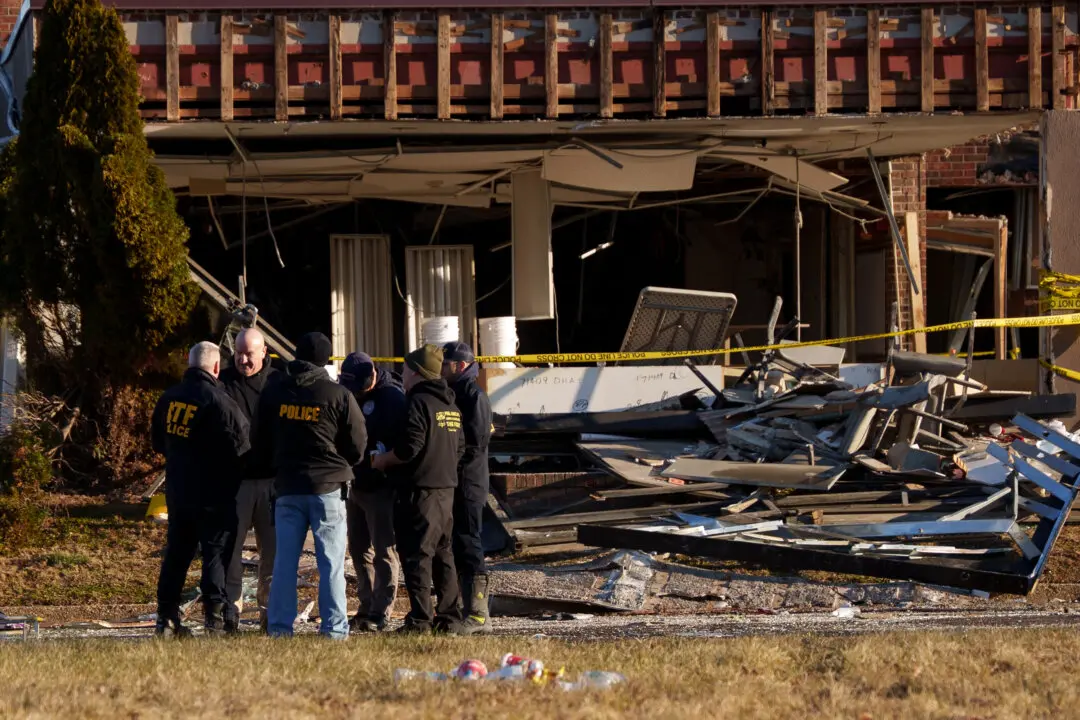ANCHORAGE, Alaska—Rescuers on Tuesday picked up two skiers stranded on an Alaska glacier for four days, and the experienced outdoor enthusiasts were in good condition after braving fierce winds and snow by digging a snow cave for shelter.
The Alaska Air National Guard says a break in snowy, windy weather allowed its helicopter to land shortly after noon Tuesday to pick up Jennifer Neyman and Christopher Hanna.
The pair are in good condition. They had been stuck on Bear Glacier since Friday and dug a snow cave for shelter.
The Guard says rescuers aboard the helicopter assessed the health of Neyman and Hanna before they were flown to a hospital for care.
They got stranded after an airplane dropped them off for a day of skiing and hiking. Bad weather that night prevented the airplane from coming back to pick them up.
The helicopter crew Tuesday morning spotted skis posted on Bear Glacier. They are believed to mark the entrance of a snow cave dug for shelter by Neyman and Hanna.
Weather conditions did not allow the helicopter to land at that time, and the crew returned to Anchorage to refuel.
The Guard’s Rescue Coordination Center received satellite text message from the two that they were “OK.” There was no word on whether they had been able to access supplies, including sleeping bags, food, fuel and a radio, all in a lighted package, dropped by Guard airplane on Monday night.





